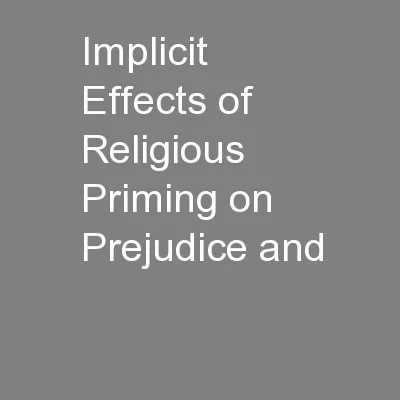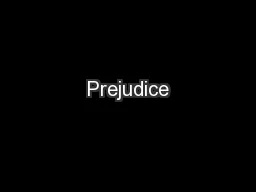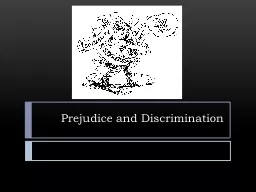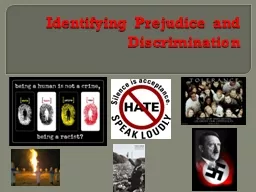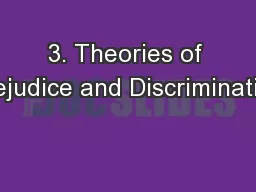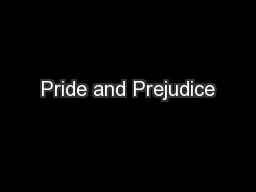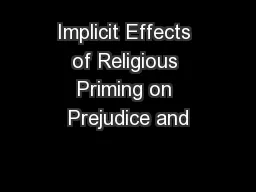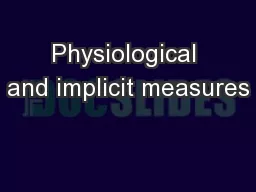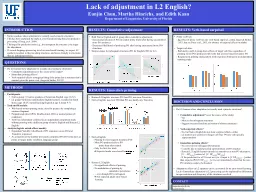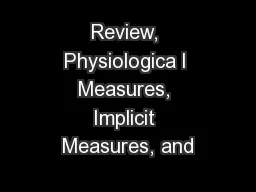PPT-Implicit Effects of Religious Priming on Prejudice and
Author : luanne-stotts | Published Date : 2016-06-06
Prosocial Behavior Hemapreya Selvanathan Cody Butcher Elizabeth Miner Ashley Timdal and Sathya Baanu Jeevanba Faculty Mentor Jeffrey Goodman University of
Presentation Embed Code
Download Presentation
Download Presentation The PPT/PDF document "Implicit Effects of Religious Priming on..." is the property of its rightful owner. Permission is granted to download and print the materials on this website for personal, non-commercial use only, and to display it on your personal computer provided you do not modify the materials and that you retain all copyright notices contained in the materials. By downloading content from our website, you accept the terms of this agreement.
Implicit Effects of Religious Priming on Prejudice and: Transcript
Download Rules Of Document
"Implicit Effects of Religious Priming on Prejudice and"The content belongs to its owner. You may download and print it for personal use, without modification, and keep all copyright notices. By downloading, you agree to these terms.
Related Documents

